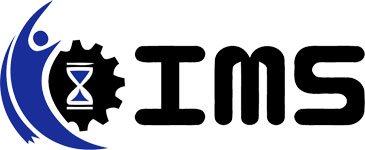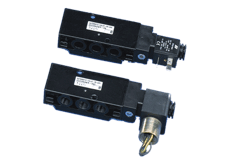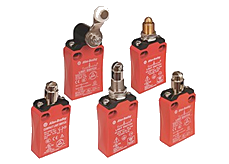Stone Age Technology Meets Space Age Technology
The ground-breaking SpaceX launch earlier this year that put the Tesla Roadster in orbit had a surprise hidden in its trunk. A new form of storage technology, a quartz disc 1-inch-wide that is laser-etched that can hold 360 Terabytes of Data called Arch. This specific disc is inscribed with Isaac Asimov's "Foundation" trilogy that is about the preservation of human knowledge. This disc is a symbolic parallel of the gold disc’s on the Voyager Space Craft, preserving and sending out examples of knowledge for future humans or aliens.
Rock Hard Data
Stone has been used for thousands of years to store information. Cave painting have preserved visual data for 65,000 years from the time of Neanderthals. Clay Mesopotamian tablets carved with Cuneiforms are still around today that tell story of Gilgamesh. The Rosetta Stone found in 1799 finally allowed people to decipher Egyptian hieroglyphics that were a mystery for centuries. Mayans and the Indus Valley civilization all used stone and ceramic as forms of record keeping. It’s a very durable way to preserve information as we can see, but they still can be damaged or destroyed. Not so for Arch. Durable and resistant to the extremes of even space these disks can survive theoretically for 14 billion years. That’s longer then the existence of the universe itself right now.
Using Lasers to transcribe information inside the quartz itself allows for 5 variables for encoding data, 3 special dimensions and 2 optical properties called the slow-axis orientation and the retardance are how they can hold up to that 360-terabytes of information. Using Nanometter-scale gratings done by lasers that produce pulses as short as a few Femtoseconds, that’s a quadrillionth of a second, scientists encode information into the disks allow for a convention way to send and receive data between place to place. Sending disks to far away planets to hold repositories of information for settles that have yet to reach the planet’s surface.
Future Knowledge
"Our civilization is more ephemeral, and more at risk, than any civilization we've ever had," Nova Spivack said
Spivack co-founded the nonprofit Arch Mission Foundation who provided the quartz discs that were used in the SpaceX flight.
"We're at an elevated level of both opportunity and risk right now," Spivack said. The ability for a single person, or small group, to destroy civilization, intentionally or accidentally, is greater than it ever was. "I think it's a rite of passage that we have to get through as a civilization," he said, "and it's probably likely that most civilizations don't get through it."
The ultimate purpose of Arch is to form libraries that hold all our accumulated knowledge at strategic locations across the globe AND throughout the solar system. Plans are already being made with Tesla about their Mars project as well as having Arch sent to the Moon as well. This redundancy is to ensure the preservation of this data for the future. By having multiple locations future generations will have shared knowledge and can be used to keep the human race cohesive even if we span the stars or if something ever happens to our civilization.
Is the Future Crystal Clear?
Many sci-fi fans can’t help but notice that many shows, books, and video games from Superman’s Fortress of Solitude to Stargate SG-1 have used crystals for storage. With the new data storage system how will it impact us in real life? Will we be inserting a single Arch crystal into T.V.’s of the future to watch an entire genre of movies? Are crystals going to replace magnetic strips on credit cards to stop identity theft. Can we use these to program robots to do even more complex functions that they can make them more efficient? Is Skynet going to come to life, or are we going to make starships that can make worm to travel throughout space? Probably not but it’s defiantly a step closer to the dream of living amongst the stars
About IMS Supply: IMS Supply is a leading distributor of maintenance, repair and operations (MRO) products and services with facilities in East and West Michigan and Kentucky. Through our MRO Asset Recovery Program we stock hard to find parts and supplies from thousands of different manufacturers at prices up to 70% less than MSRP. Contact us today to find out how we can help your business.



